Description
Larch uprights, eleven steps in exotic wood. Ramps in black lacquered metal made by Jean Prouvé workshop.
Restoration of use and maintenance on the ramps.
Dimensions: H: 361; L: 69 cm
Provenance: Housing unit, Briey en Forêt.
The staircase, identical in each duplex, is the result of a close collaboration between Jean PROUVE and LE CORBUSIER.
Its beginnings date back to 1922. Le Corbusier wanted to create then “vertical garden cities”, capable of responding simultaneously to the aspiration of the individual house (in contact with nature) and to the advantages of the collective building (access to modern facilities ). This idea, perfected during the 1930s, led to a large building project in 1939 with “inner streets”, “duplex” apartments, equipped roof terraces and integrated businesses.
The Housing Unit of Briey, also called Radiant City of Briey-en-Forêt, is a housing unit built between 1959 and 1960 in Meurthe-et-Moselle by the French-Swiss architect Le Corbusier according to the model he has established for Marseilles. The housing project is part of a broader project of a new residential district in the heart of the forest, in this town in the Lorraine coalfield. It is Georges-Henri Pingusson who is the chief architect of this neighborhood project and who also realizes two sets of 100 homes and a school near the unit. The goal is to house the population then in full increase in connection with the expansion of iron mines and the steel industry. In 1955, Le Corbusier officially contacted the Briey town hall, he was named chief architect of the project and André Wogenscky architect of operation. It is the office HLM which is the owner of work. The proposed building is 110 meters long and 56 meters high (70 meters at its highest point) and 19 meters wide. It comprises 339 duplex units spread over 17 floors with six interior streets. Construction begins only on March 3, 1959 and ends two years later.
This building, built for the Departmental Office HLM, is gradually abandoned by the social lessor and threatened with destruction in the 1980s. It has since been gradually rehabilitated.

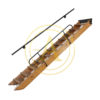
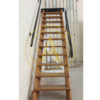


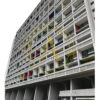
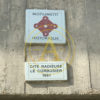
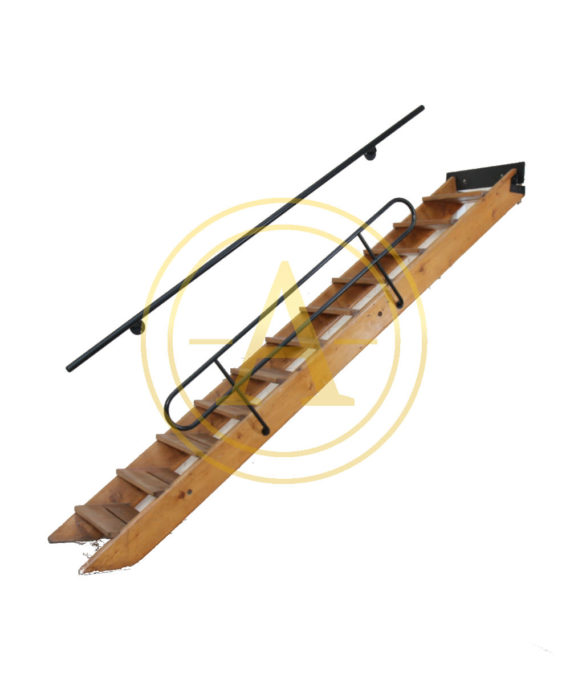
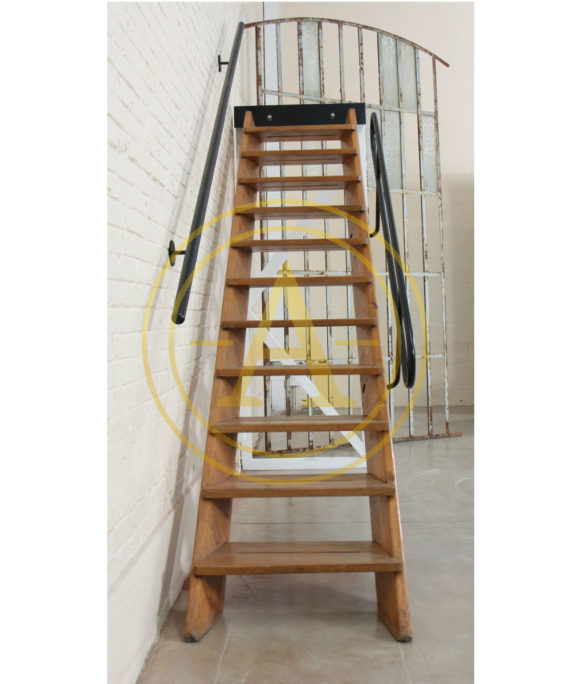
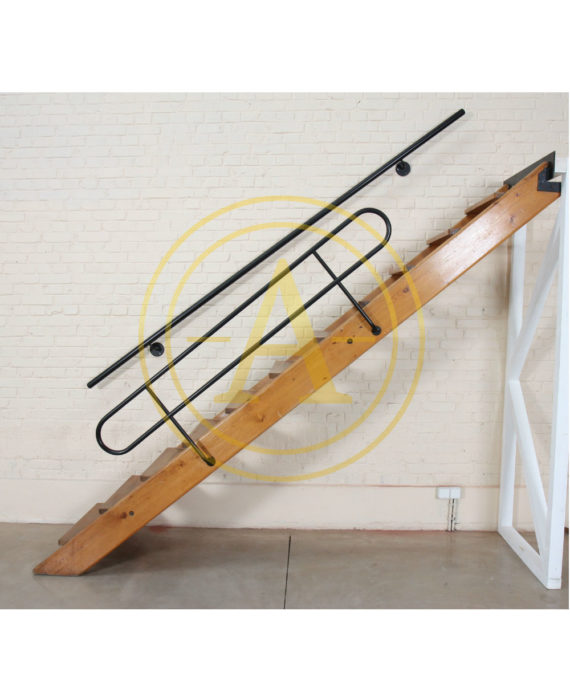
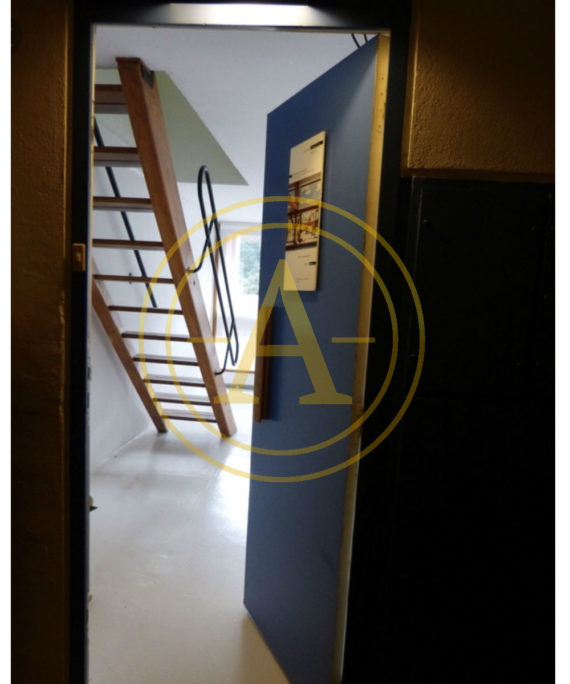
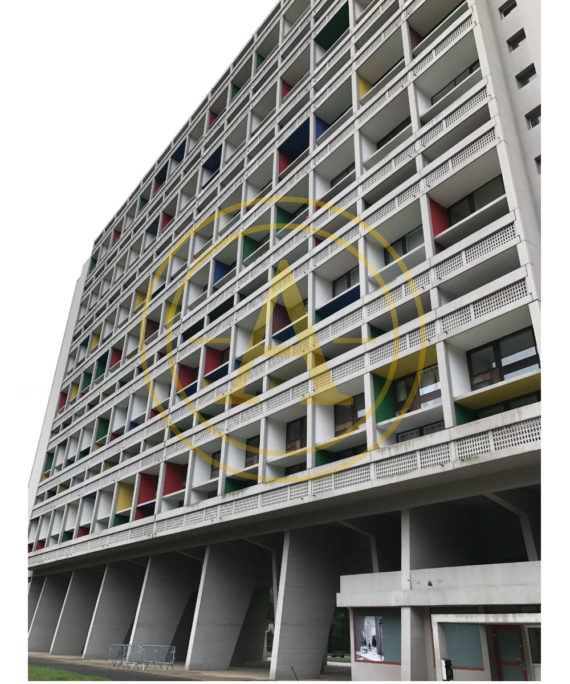
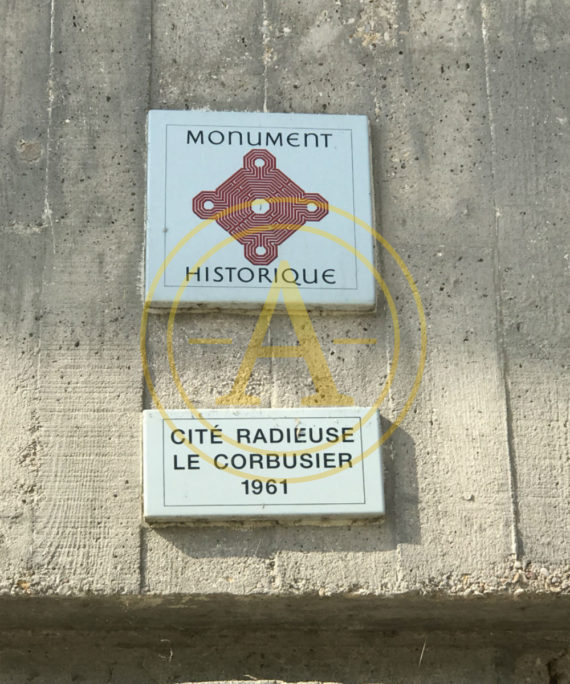
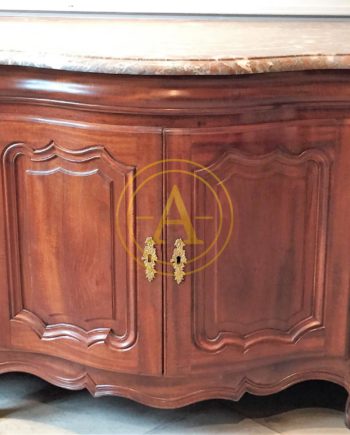

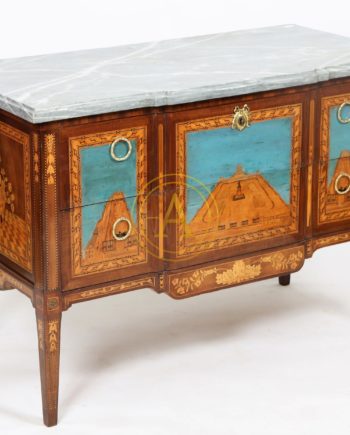
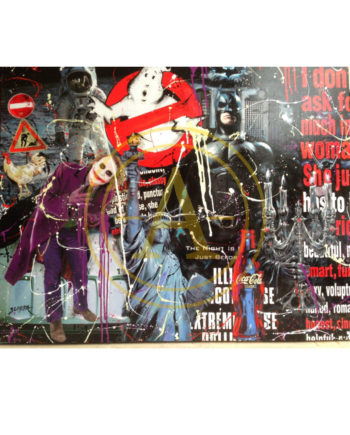


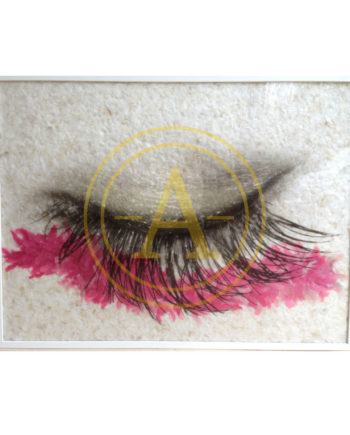


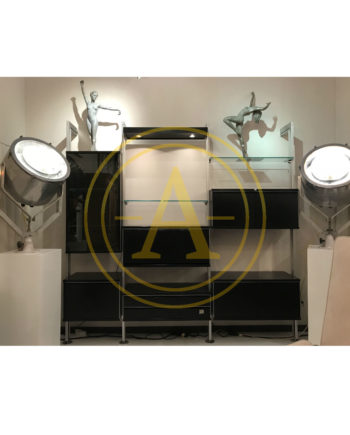
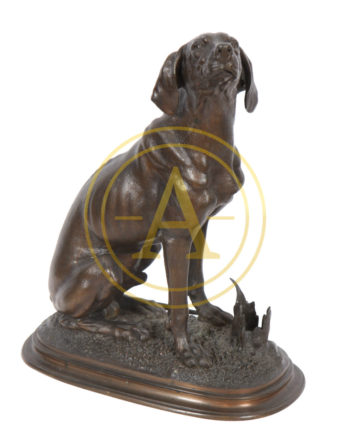
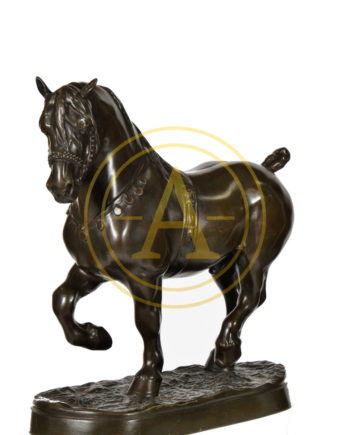

Reviews
There are no reviews yet.